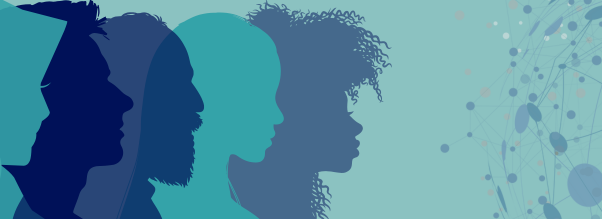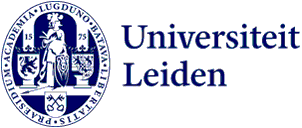
Self-scan inclusive leadership: a mirror and conversation starter
As society becomes increasingly diverse, public organisations are being challenged to adapt their services to ensure that everyone feels heard and seen. 'Inclusive leadership is essential in this process,' says Dr Tanachia Ashikali. It calls for openness to different perspectives, active dialogue, and continuous self-reflection on one’s own leadership.
Inclusive leadership for wellbeing, innovation & collaboration
‘Inclusive leadership goes beyond simply facilitating diversity or meeting numerical targets,' Ashikali states. 'It’s about behaviours that help create an organisational climate where people feel recognised, heard, and valued.' This is not only desirable from a fairness perspective, but it's also crucial for the effective functioning of public organisations. 'Research shows that inclusion contributes to employee wellbeing, innovation, and team collaboration. These are precisely the elements needed to deliver tailored services in an increasingly diverse society.'
Therefore, inclusive leadership should not be viewed as a standalone competency, but as a fundamental principle embedded in organisational culture and the behaviour of public professionals.
What leaders model shapes the culture
'Policies on paper won’t bring change, unless they are practised in reality,' Ashikali emphasises. Leaders play a pivotal role in this. They set direction, establish the tone, and determine which behaviours are appreciated or not. 'Inclusive leadership means actively inviting diverse voices, promoting norms that support inclusion, and intervening in cases of exclusion.' She warns against superficial approaches, such as ticking off diversity quotas without genuine cultural transformation. 'Without role-modelling from leaders, nothing changes. That’s when people disengage.'
Sustainable change requires leadership at all levels, not just from team leaders or D&I officers. 'Reflection and ownership are just as essential at the top if inclusion is to be embedded across the organisation.'
From support to everyday practice
'It’s about how we recruit, manage, collaborate, and reward.'
According to Ashikali, inclusion should not be treated as a temporary initiative, but as an integral part of daily operations. 'It’s about how we recruit, manage, collaborate, and reward. How do we create space for difference? What values do we promote? And how do we engage in conversations about leadership?' This calls for ongoing dialogue at all levels of the organisation. 'At times, team leaders already feel responsible for inclusion, but lack support and reflection from senior management. At other times, there’s support at the top, but insufficient intrinsic motivation at team level.' Genuine engagement arises when leaders are given the time and space to critically examine their own roles and feel supported in a culture where change is allowed to be uncomfortable.
The learning programme as a space for reflection and growth
In the Diversity and Inclusion (Dutch) programme, participants delve into these themes with room for reflection, personal development, and practical application. 'We don’t offer ready-made answers,' Ashikali stresses. 'The programme challenges participants to critically examine their own beliefs and behaviours. What does leadership mean in a diverse and complex organisational context? And how do you give that meaning within your team or organisation?' Throughout the programme, academic insights are linked to real-life case studies. Participants learn to strengthen inclusive collaboration, articulate shared values, and foster a safe and open working environment.
Self-scan as mirror and conversation starter
'What elements of inclusive leadership do you already practise? What’s missing, and what blind spots do you have?'
A key element of the D&I programme is something called the Inclusive Leadership Self-Scan, which is based on Ashikali’s doctoral research. The scan helps participants reflect on their leadership behaviour from multiple perspectives—both individually and as a team. 'It makes the topic tangible and invites conversation,' she explains. Participants get to reflect on questions, such as: What elements of inclusive leadership do you already practise? What’s missing, and what blind spots do you have? How does the team perceive your behaviour? According to Ashikali, this creates a shared starting point for intentionally strengthening inclusion. The tool contributes to lasting awareness and sustainable behavioural change.
Leadership begins with self-awareness
'Self-knowledge lies at the heart of inclusive leadership,' Ashikali concludes. 'It starts with the willingness to examine yourself critically: can you pause and reflect on your own assumptions? Are you curious about perspectives that are unfamiliar to you?' Only then can the focus shift to the team and the organisation. 'Leadership also means creating space for dialogue before setting direction. Especially in public organisations, where policy freedom can be limited, you can still facilitate what’s needed to bring others along.'
In this way, leadership becomes a practice that guides, connects, and embeds inclusivity in a lasting and meaningful way.
Do you want to not only promote inclusion, but also embed it sustainably within your leadership? Gain practical, research-based tools to help you shape a diverse and inclusive working environment.
More information & registration